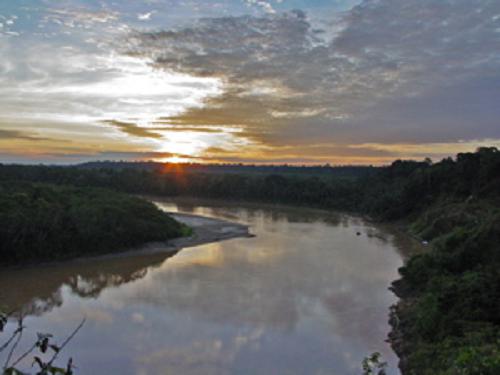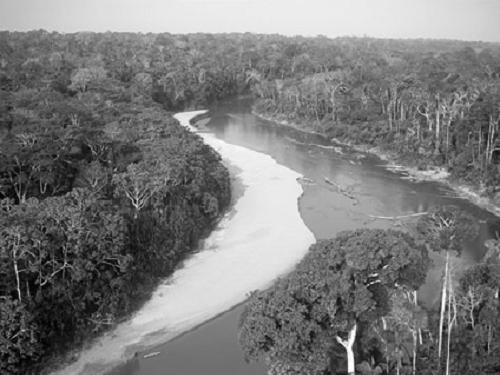Nigel Pitman
In a new conservation concession in SW Amazonia, a team of Peruvian park guards is monitoring the recovery of large vertebrate populations following years of logging and hunting.

Peru’s Los Amigos River drains a half-million hectares of Amazonian forests and wetlands at the base of the southern Andes. Long a hotbed of illegal logging, the watershed received formal protection in 2001 as the world’s first conservation concession -- an experimental protected area jointly administered by the Peruvian NGO Asociación para la Conservación de la Cuenca Amazónica (ACCA) and the Peruvian park service. Today ACCA’s management of the 145,000-ha Los Amigos Conservation Concession has reduced illegal logging and hunting to essentially zero throughout the watershed.

Concurrent with the establishment of the conservation concession, ACCA and its US-based partner the Amazon Conservation Association established in Los Amigos what has since become the most active field station in western Amazonia: a £500,000 research facility dedicated in part to monitoring the recuperation of plant and animal populations in the Los Amigos watershed. For the last two years, ACCA’s 8 park guards have conducted regular quantitative surveys of populations of >60 species of large vertebrates along permanent forest and river transects in the concession. The monitoring is providing a first-ever look at the rebound of an Amazonian animal community following intensive disturbance by people.
Preliminary results suggest significant increases in populations of giant river otters, howler monkeys, caimans, Muscovy ducks, river turtles, and other animals. Of the 13 species with enough data for statistical significance, 10 show increases in sighting frequency. Since ACCA aims to continue the faunal monitoring throughout the 40-year life of the conservation concession, the proposed work will provide an invaluable record of population dynamics in an Amazonian fauna at a time when global change is driving hard-to-predict fluctuations in nature. The data will also provide a yardstick against which to compare animal populations in disturbed areas and indicate which species may require management to recover from past disturbance. Finally, ACCA is committed to sharing monitoring skills and resources with park guards in the four other large protected areas in this region of Peru, so that comparable monitoring can eventually be carried out at multiple sites in southwestern Amazonia. All of these benefits should help demonstrate the value of conservation concessions financed and managed by private organizations.